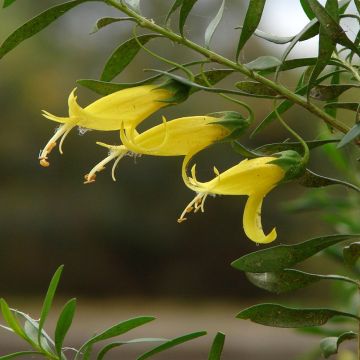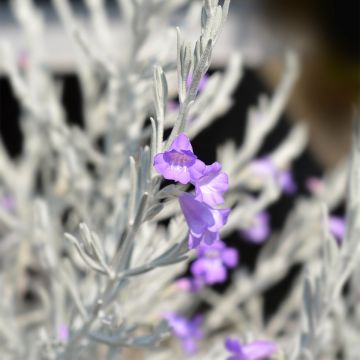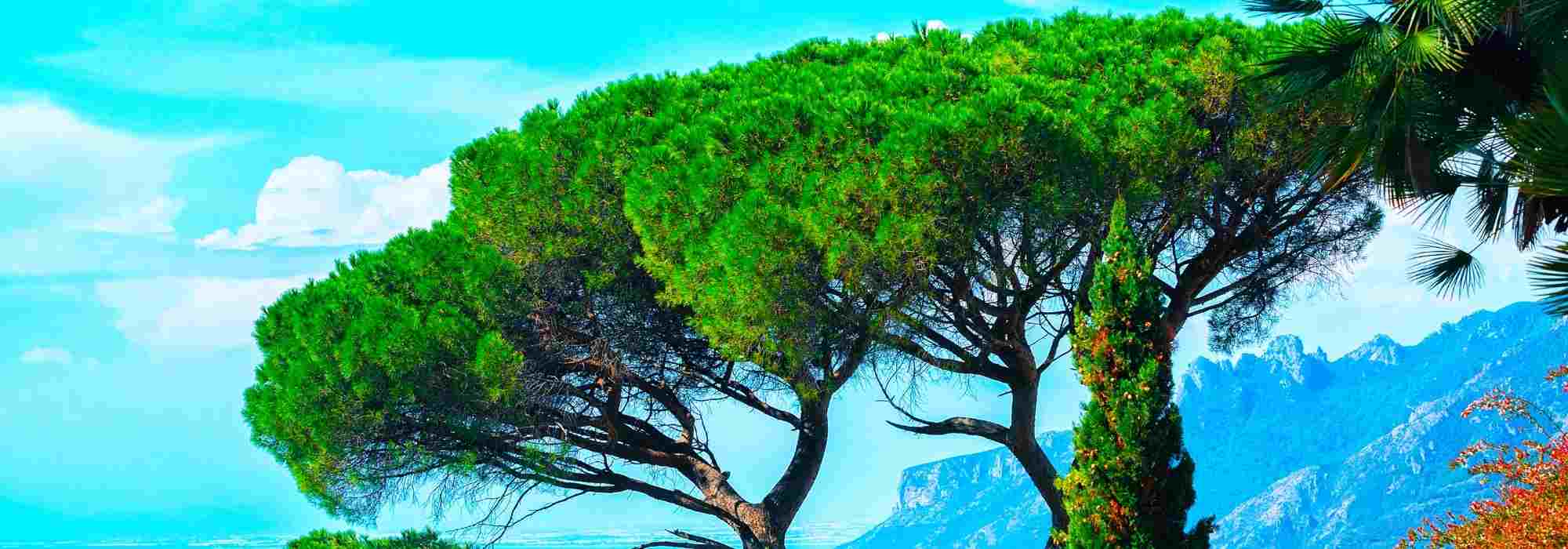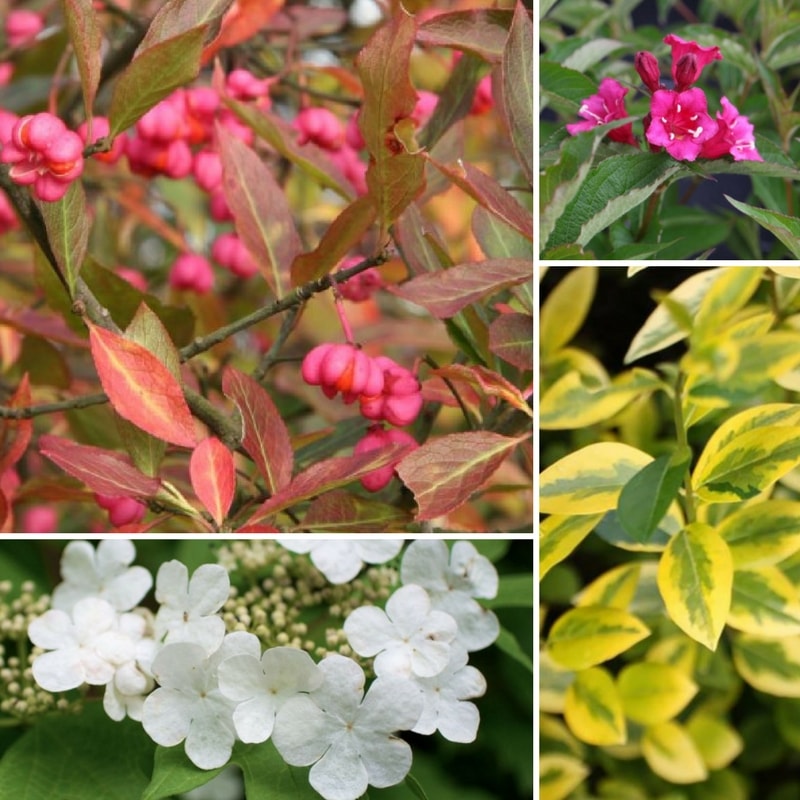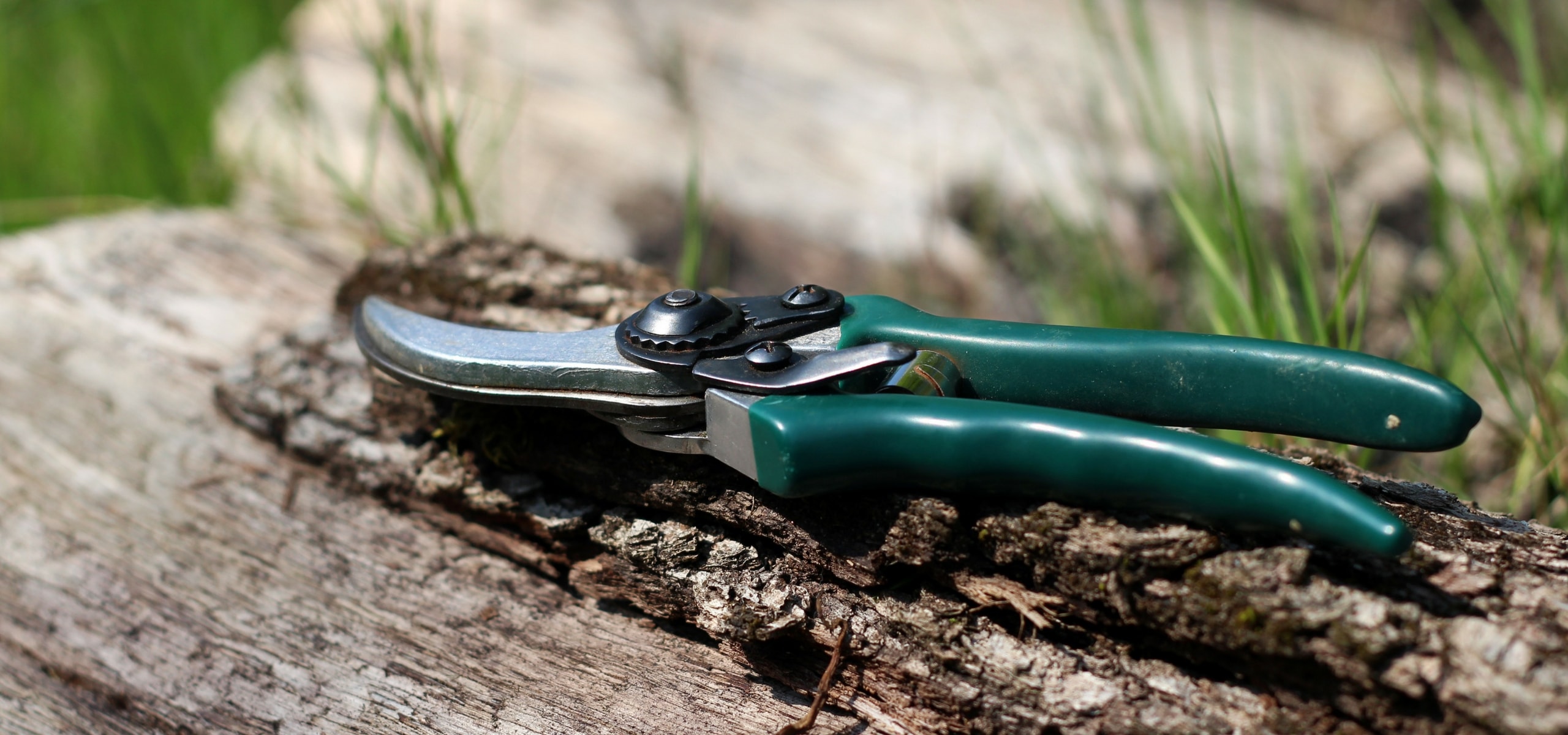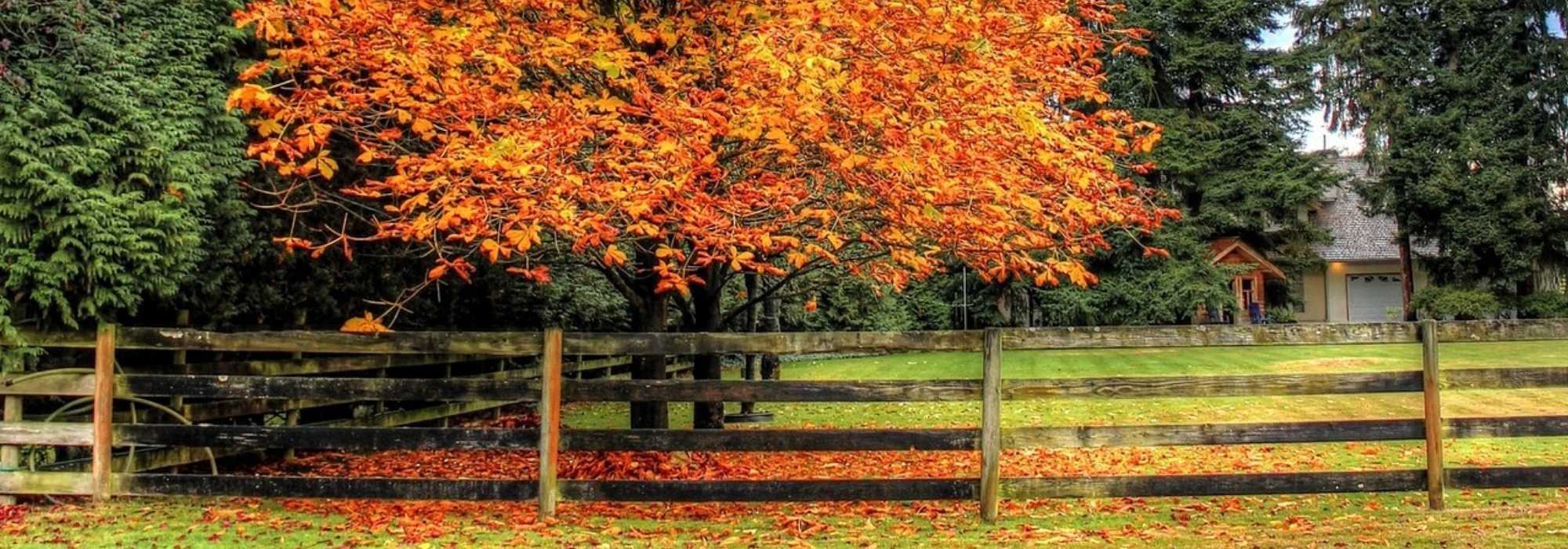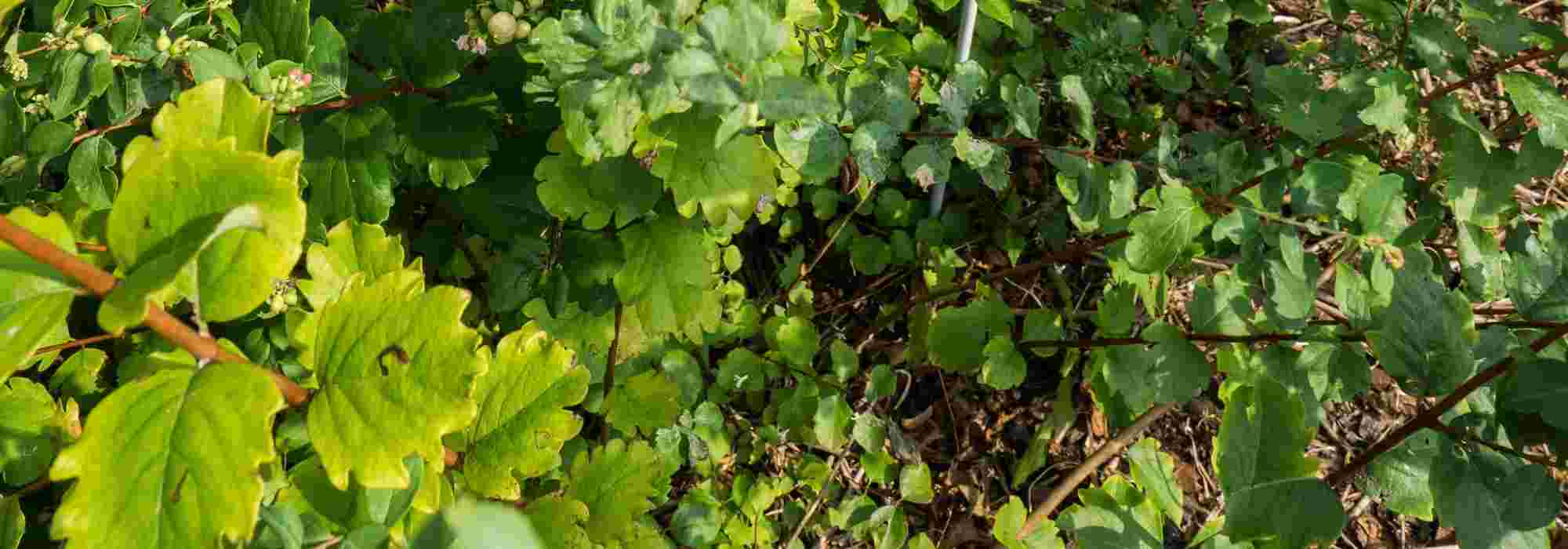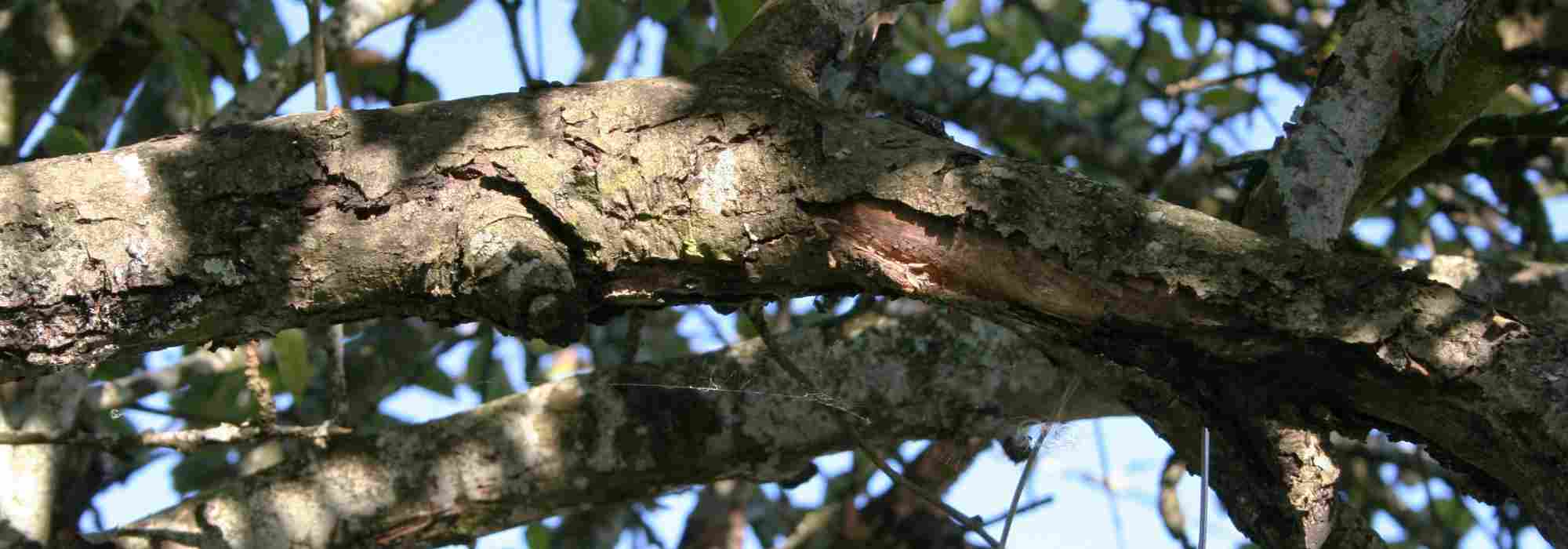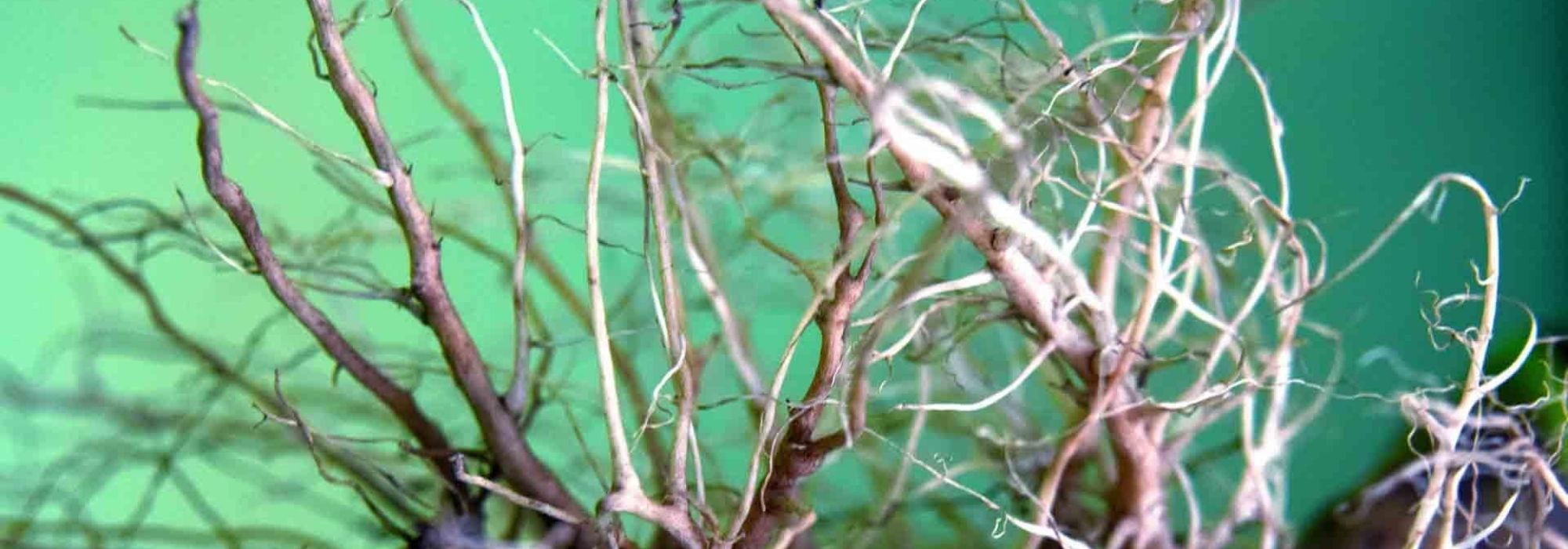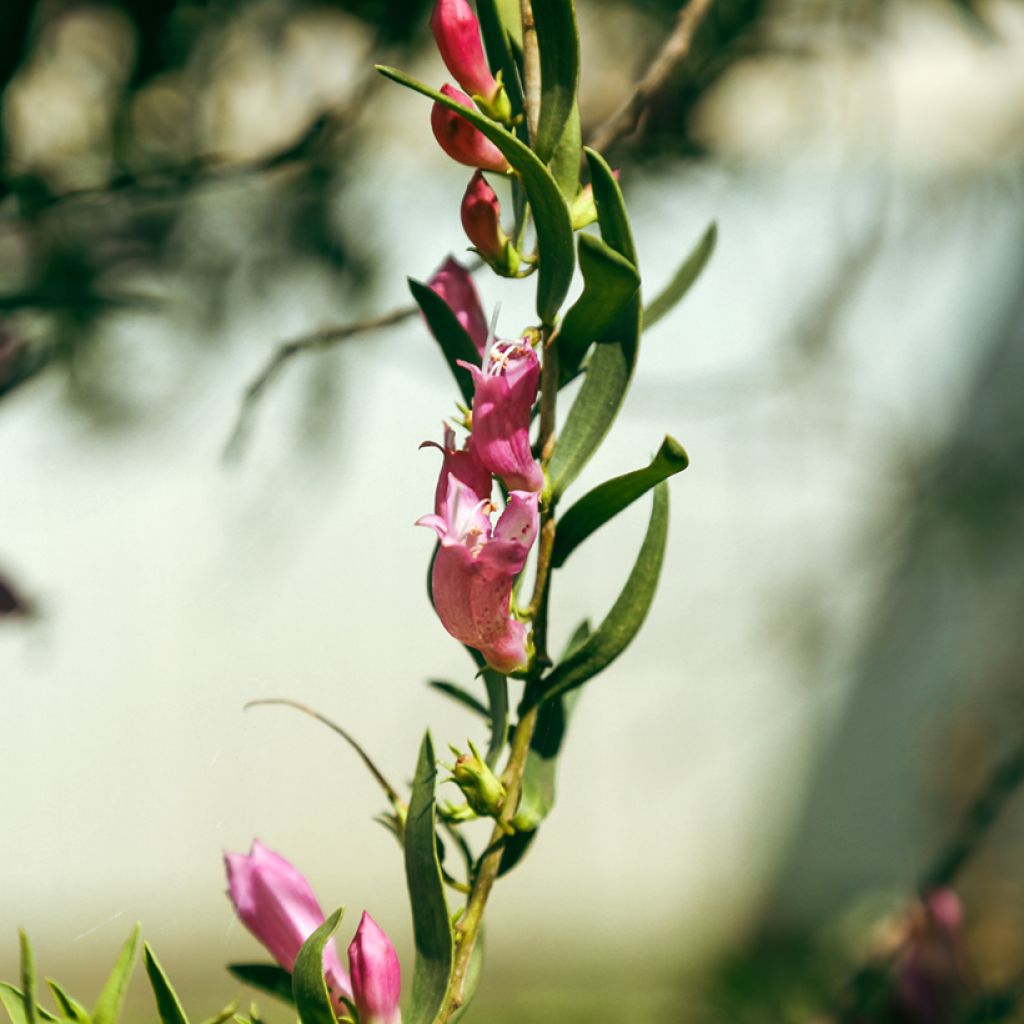

Eremophila laanii - Emu bush
Eremophila laanii - Emu bush
Eremophila laanii
Emu bush
Special offer!
Receive a €20 voucher for any order over €90 (excluding delivery costs, credit notes, and plastic-free options)!
1- Add your favorite plants to your cart.
2- Once you have reached €90, confirm your order (you can even choose the delivery date!).
3- As soon as your order is shipped, you will receive an email containing your voucher code, valid for 3 months (90 days).
Your voucher is unique and can only be used once, for any order with a minimum value of €20, excluding delivery costs.
Can be combined with other current offers, non-divisible and non-refundable.
Home or relay delivery (depending on size and destination)
Schedule delivery date,
and select date in basket
This plant carries a 24 months recovery warranty
More information
We guarantee the quality of our plants for a full growing cycle, and will replace at our expense any plant that fails to recover under normal climatic and planting conditions.
Would this plant suit my garden?
Set up your Plantfit profile →
Description
Eremophila laanii, or Laan's Emu Bush, is a hardy, floriferous, evergreen Australian bush with striking good looks. With its dense, evergreen foliage, it produces a long flowering display in shades of pink to red from late winter through to the end of spring. Perfect for dry gardens, it thrives in flowering hedges or borders in Mediterranean climates. This attractive bush is valued for its drought resistance and adaptability to various soil types. It can be grown either in the ground in mild climates or in containers on sunny terraces. Low-maintenance and hardy down to -8°C, it’s an ideal plant for a garden, both beautiful and easy to care for.
Eremophila laanii, Laan's Emu Bush, belongs to the Scrophulariaceae family. This species is native to Western Australia, a region with a Mediterranean climate. It is found particularly along the upper reaches of the Murchison and Gascoyne rivers, in the Carnarvon, Gascoyne, Geraldton Sandplains, Murchison, and Yalgoo regions. It thrives on floodplains and riverbanks, mainly in clay or sandy-clay soils. First described in 1884 by botanist Ferdinand von Mueller, the species was named in honour of Dr van der Laan, a 19th-century Dutch advocate for scientific research.
Laan's Emu Bush is a bush or small tree, reaching a height of 1 to 3 m, sometimes up to 6 m under optimal conditions. Its spread varies from 1 to 2 m, or even more. Its spreading or trailing branches and stems are densely covered in fine hairs, giving them a soft texture. The foliage remains evergreen in winter. The linear to elliptical leaves measure between 26 and 40 mm in length and 2 to 7 mm in width. They may be smooth or slightly hairy, arranged alternately along the stems. Flowering occurs from December to June in the northern hemisphere, though timing may vary depending on the climate. Solitary flowers bloom in the leaf axils, borne on hairy, 3 to 6 mm long penduncles. They feature a tubular, 2 to 3 cm long corolla with hues ranging from pink to red, sometimes cream, often with pink spots inside. The four stamens slightly protrude from the corolla. After flowering, the plant produces woody, ovoid to conical, 8 to 10 mm long fruits with a thin, papery covering. The root system of Eremophila laanii is adapted to its natural habitat: it is capable of producing suckers, forming dense thickets. This characteristic allows it to effectively colonise floodplains and riverbanks where it is native. In cultivation, this plant is prized for its relatively fast growth, drought resistance, and tolerance to a wide range of soils.
A sun-loving bush, Eremophila thrives in Mediterranean zones but also in gardens elsewhere. In the ground, it works perfectly in a low hedge or large shrub border. For companion planting, consider Polygala myrtifolia, Callistemon rigidus, and Teucrium fruticans 'Azureum', for example—three highly drought-resistant, colourful, and low-maintenance bushes.
The genus name Eremophila comes from the Greek eremos (desert) and philéô (to love). It perfectly defines this group of bushes, primarily found in desert regions.
Report an error about the product description
Eremophila laanii - Emu bush in pictures
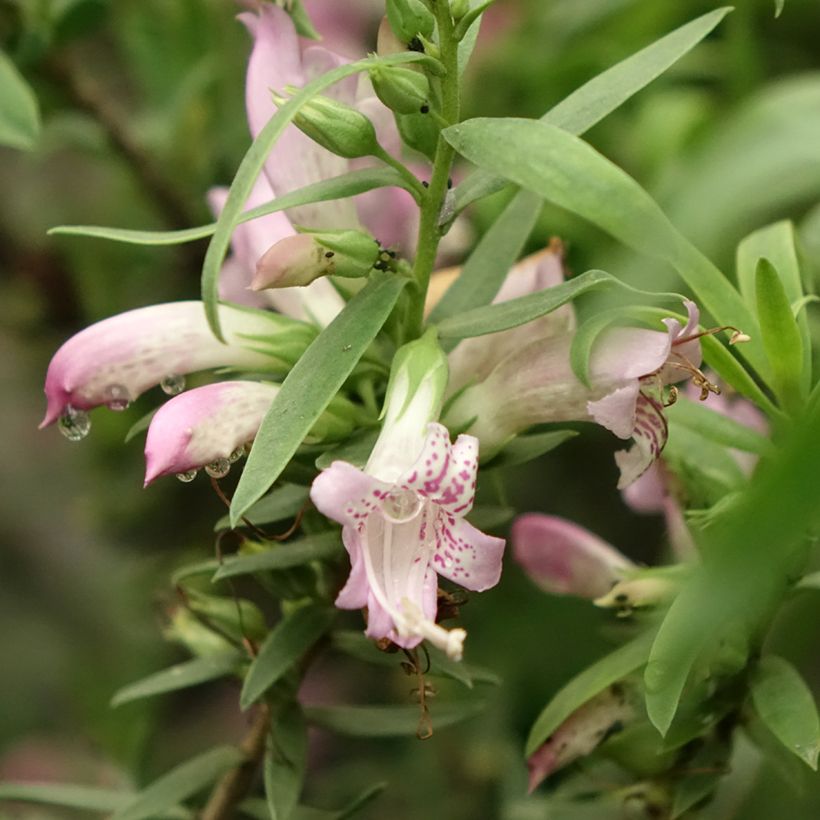

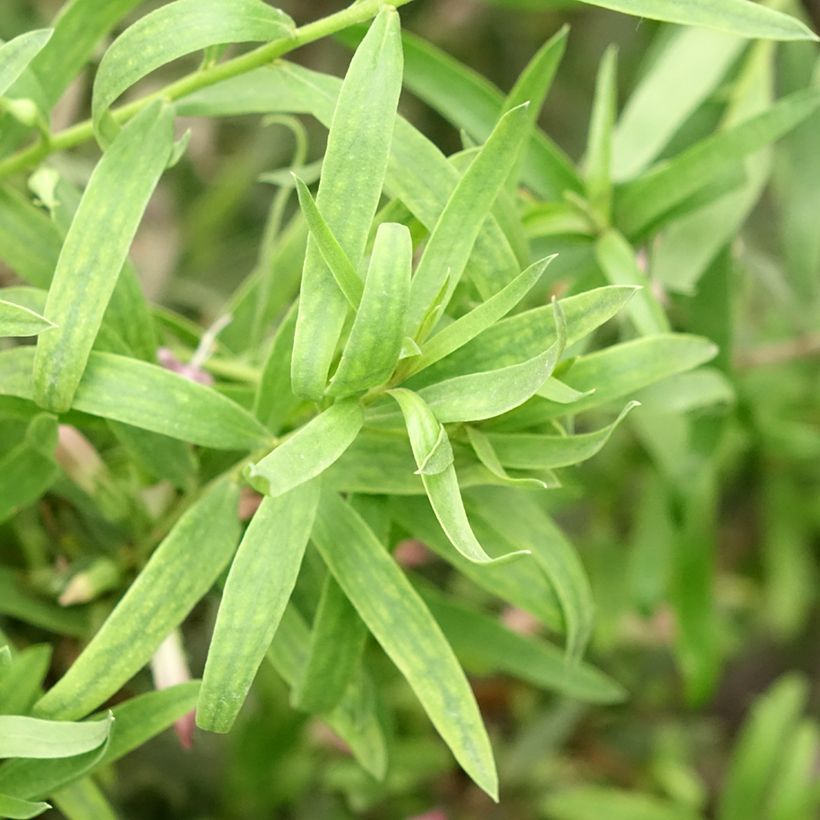

Plant habit
Flowering
Foliage
Botanical data
Eremophila
laanii
Scrophulariaceae
Emu bush
Pholidia laanii
Australia
Other Eremophila
View all →Planting and care
Plant Eremophila laanii in the garden in spring in a not-too-dry climate or in September-October in regions with very dry summers. It thrives in a sunny and sheltered position, protected from cold, dry winds. This bush adapts to various types of soil, though it prefers sandy-loamy ground. Its hardiness (around -8°C at peak for a well-established young plant) will be optimised in well-drained soil that does not retain water. Lime is tolerated. Planting on a slope, in rockeries, or in gravel beds is preferable in climates more humid than the Mediterranean coast. This bush tolerates sea spray. Eremophila has the same cultivation requirements as cistus and lavenders. Once well-rooted, its resistance to drought is excellent. You can apply a low-phosphorus fertiliser in autumn.
Beware of attacks by Australian scale insects in gardens in southern France, where this pest is well-established.
Container cultivation: Use a well-drained substrate, a mix of compost, gravel, sand, and garden soil. Choose a large container with drainage holes at the bottom and create a drainage layer composed of gravel, broken pottery, or clay pebbles. Apply a low-phosphorus fertiliser in autumn. A pot-grown plant will require regular and thorough watering, but spaced out to allow the soil to dry slightly between waterings. Protect your potted plant in winter from frost, placing it in a bright but unheated space.
Planting period
Intended location
Care
Planting & care advice
This item has not been reviewed yet - be the first to leave a review about it.
Haven't found what you were looking for?
Hardiness is the lowest winter temperature a plant can endure without suffering serious damage or even dying. However, hardiness is affected by location (a sheltered area, such as a patio), protection (winter cover) and soil type (hardiness is improved by well-drained soil).

Photo Sharing Terms & Conditions
In order to encourage gardeners to interact and share their experiences, Promesse de fleurs offers various media enabling content to be uploaded onto its Site - in particular via the ‘Photo sharing’ module.
The User agrees to refrain from:
- Posting any content that is illegal, prejudicial, insulting, racist, inciteful to hatred, revisionist, contrary to public decency, that infringes on privacy or on the privacy rights of third parties, in particular the publicity rights of persons and goods, intellectual property rights, or the right to privacy.
- Submitting content on behalf of a third party;
- Impersonate the identity of a third party and/or publish any personal information about a third party;
In general, the User undertakes to refrain from any unethical behaviour.
All Content (in particular text, comments, files, images, photos, videos, creative works, etc.), which may be subject to property or intellectual property rights, image or other private rights, shall remain the property of the User, subject to the limited rights granted by the terms of the licence granted by Promesse de fleurs as stated below. Users are at liberty to publish or not to publish such Content on the Site, notably via the ‘Photo Sharing’ facility, and accept that this Content shall be made public and freely accessible, notably on the Internet.
Users further acknowledge, undertake to have ,and guarantee that they hold all necessary rights and permissions to publish such material on the Site, in particular with regard to the legislation in force pertaining to any privacy, property, intellectual property, image, or contractual rights, or rights of any other nature. By publishing such Content on the Site, Users acknowledge accepting full liability as publishers of the Content within the meaning of the law, and grant Promesse de fleurs, free of charge, an inclusive, worldwide licence for the said Content for the entire duration of its publication, including all reproduction, representation, up/downloading, displaying, performing, transmission, and storage rights.
Users also grant permission for their name to be linked to the Content and accept that this link may not always be made available.
By engaging in posting material, Users consent to their Content becoming automatically accessible on the Internet, in particular on other sites and/or blogs and/or web pages of the Promesse de fleurs site, including in particular social pages and the Promesse de fleurs catalogue.
Users may secure the removal of entrusted content free of charge by issuing a simple request via our contact form.
The flowering period indicated on our website applies to countries and regions located in USDA zone 8 (France, the United Kingdom, Ireland, the Netherlands, etc.)
It will vary according to where you live:
- In zones 9 to 10 (Italy, Spain, Greece, etc.), flowering will occur about 2 to 4 weeks earlier.
- In zones 6 to 7 (Germany, Poland, Slovenia, and lower mountainous regions), flowering will be delayed by 2 to 3 weeks.
- In zone 5 (Central Europe, Scandinavia), blooming will be delayed by 3 to 5 weeks.
In temperate climates, pruning of spring-flowering shrubs (forsythia, spireas, etc.) should be done just after flowering.
Pruning of summer-flowering shrubs (Indian Lilac, Perovskia, etc.) can be done in winter or spring.
In cold regions as well as with frost-sensitive plants, avoid pruning too early when severe frosts may still occur.
The planting period indicated on our website applies to countries and regions located in USDA zone 8 (France, United Kingdom, Ireland, Netherlands).
It will vary according to where you live:
- In Mediterranean zones (Marseille, Madrid, Milan, etc.), autumn and winter are the best planting periods.
- In continental zones (Strasbourg, Munich, Vienna, etc.), delay planting by 2 to 3 weeks in spring and bring it forward by 2 to 4 weeks in autumn.
- In mountainous regions (the Alps, Pyrenees, Carpathians, etc.), it is best to plant in late spring (May-June) or late summer (August-September).
The harvesting period indicated on our website applies to countries and regions in USDA zone 8 (France, England, Ireland, the Netherlands).
In colder areas (Scandinavia, Poland, Austria...) fruit and vegetable harvests are likely to be delayed by 3-4 weeks.
In warmer areas (Italy, Spain, Greece, etc.), harvesting will probably take place earlier, depending on weather conditions.
The sowing periods indicated on our website apply to countries and regions within USDA Zone 8 (France, UK, Ireland, Netherlands).
In colder areas (Scandinavia, Poland, Austria...), delay any outdoor sowing by 3-4 weeks, or sow under glass.
In warmer climes (Italy, Spain, Greece, etc.), bring outdoor sowing forward by a few weeks.






























